Flavor and taste characteristics of Ethiopian coffee beans is coffee beans expensive in Yega Xuefei producing area? is it good?
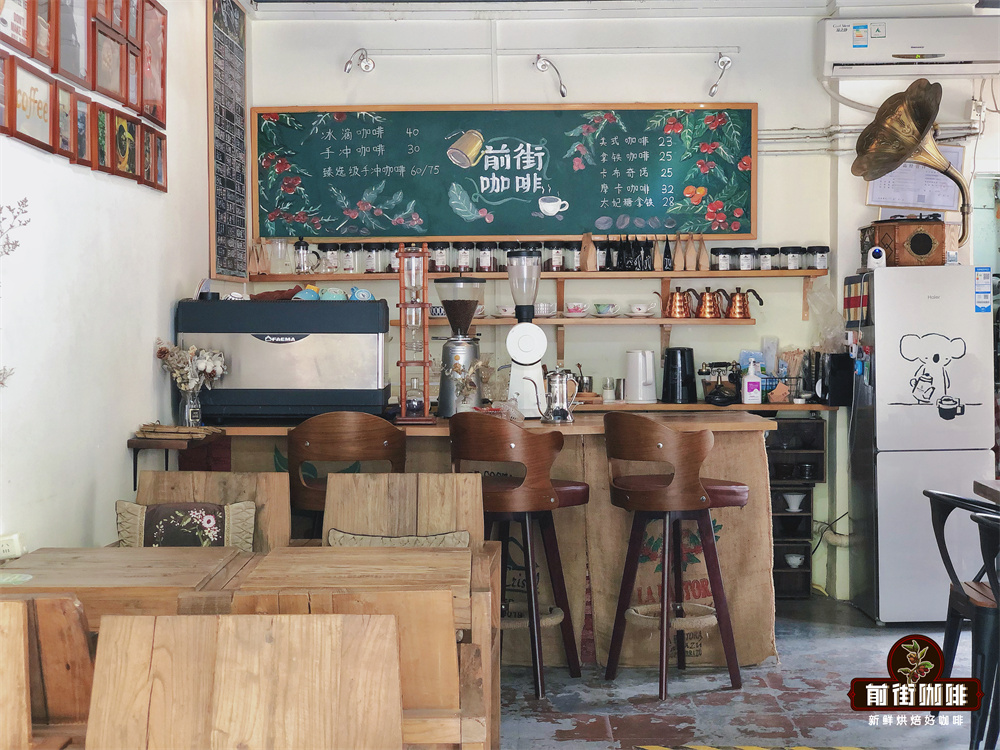
As a rookie who has just started the boutique coffee, will he feel at a loss in the choice of coffee beans? If you want to quickly understand the flavor level of coffee, but can't accept the bitter taste of coffee at once, Qianjie Coffee suggests that you start tasting the "washed Yega Chuefei Coffee beans" in the Qianjie rations coffee bean series.
Qianjie Coffee in order to make everyone new to boutique coffee, but afraid of wasting money to buy coffee beans that are not suitable for their own taste, Qianjie Coffee put on the shelves a series of coffee beans that show the characteristics of seven major coffee producing areas. Share with you at the price of 25 yuan / 100g. Although it is called rations beans, it does not mean that the quality of this series of coffee beans is poor. After all, this is the stepping stone that leads everyone to the introduction of high-quality coffee. Whether people like coffee beans in a producing area or not, this series of coffee beans play a very important role.
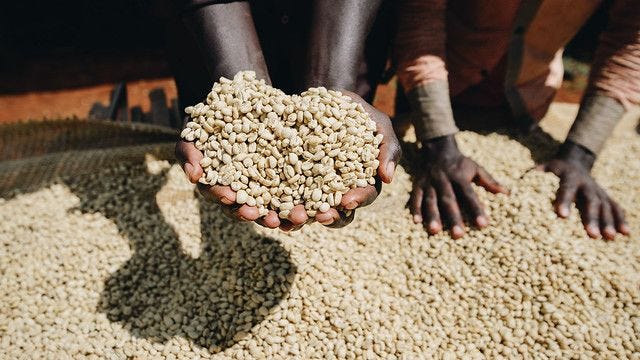
With regard to the flavor of the producing area, it means that no matter what variety or treatment it is, when planted in a certain area, coffee beans will show the flavor of a place because of the local soil. For example, whenever people drink sour coffee with citrus fruits, they will think of coffee beans from Essex and Sheffield, and coffee with mellow herbal spices will be reminiscent of coffee beans from Sumatra, Indonesia. Qianjie Coffee is recommended to start with Ethiopian water washing Yega Xuefei coffee beans, because this coffee bean will not be too sour, low bitterness, easy for everyone to learn and understand the flavor level of coffee.
Yirgacheffe is located in the south of Ethiopia and is willing to be a natural wetland. The producing area originally belonged to Sidama, another famous coffee producing area in Ethiopia, and belonged to a small town in the Sidamo coffee producing area. However, due to the unique floral aroma and sour citrus fruit aroma of the coffee produced every year in the small town of Yegashafi, the Yegashafi producing area was separated from the Sidamo producing area at the 2010 times Ethiopian Mercantile Exchange, and formed the Yegashafi producing area that is now loved by everyone.
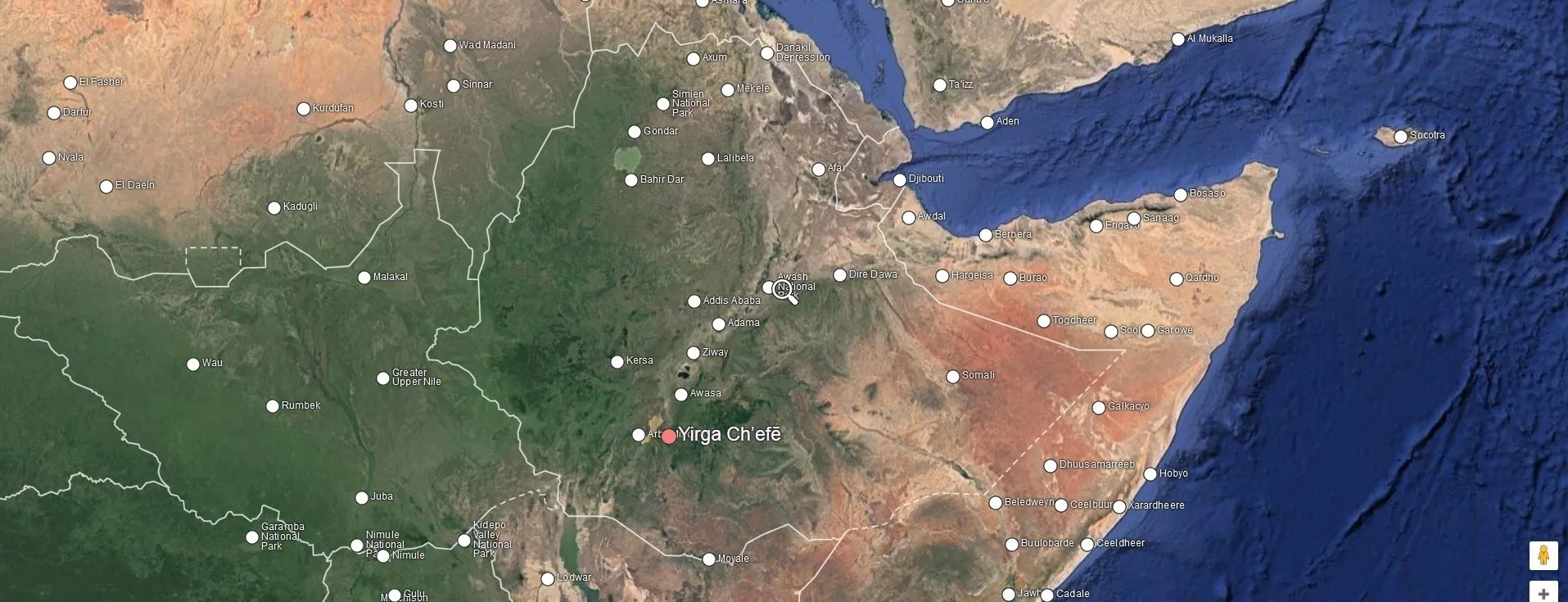
Due to the small size of the town, most people grow coffee trees in their own backyard. After the coffee fruit is harvested, it will be sent to the nearby coffee cooperative for collective treatment and exported in the name of the cooperative. At the same time, because the town is rich in water resources, it uses enough water to wash the coffee fruits and produces more high-quality and cleaner acid, so there are many cooperatives in the Yejashafi producing area that are famous for washing coffee beans, such as Tintin Cooperative, Cochel Cooperative, Waka Cooperative and so on.

Of course, the town will also produce sun-treated coffee beans, as well as the now popular special treatment coffee beans. Compared with washed coffee beans, sun-treated coffee beans will taste fuller and have a slightly fermented aroma, while the special treatment rule is to emphasize the flavor of a certain kind of coffee.
Ethiopia, as the birthplace of all coffee varieties, has a large number of coffee varieties, including those that have been identified, those that have not yet been identified, and those that are protected from disclosure. Coffee grown in Ethiopia rarely grows only one variety, and most trees are mixed with all varieties and harvested together, so coffee beans from the region are produced. Except for a single variety, the rest will be collectively referred to as the Ethiopian original species (Heirloom). Also because the direct varieties of coffee beans vary in size, another feature of coffee beans in Ethiopia is that beans vary in size.
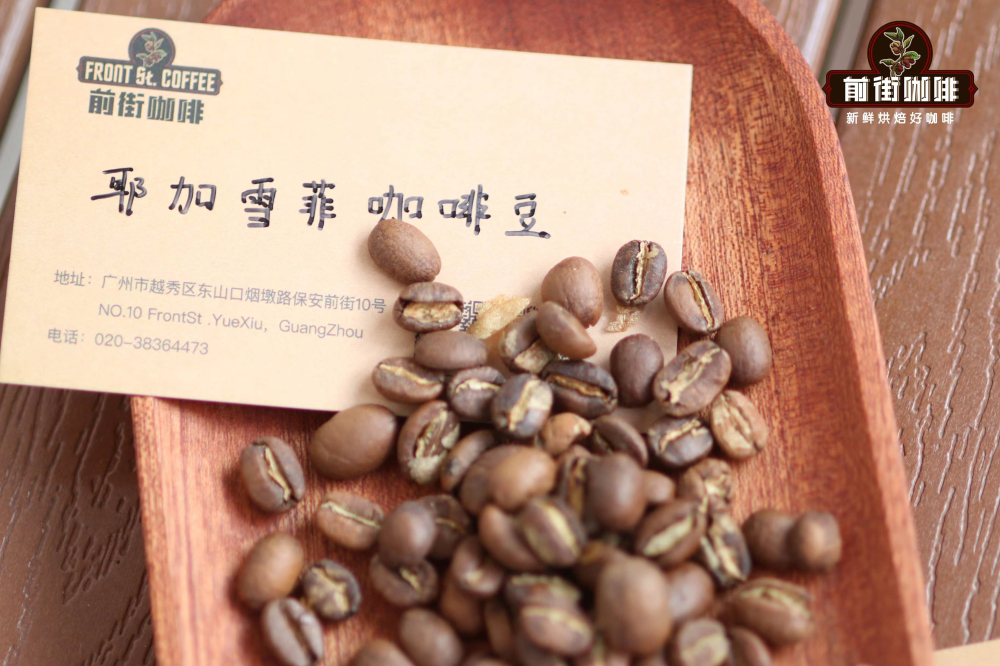
The coffee beans in the Yega Chuefei producing area of Qianjie Coffee, in addition to the washed Yega Chuefei coffee beans mentioned in the article at the beginning, there are sun-tanned cherry (all-red coffee fruit) coffee beans from Aletaland Cooperative, Kochel washed coffee beans and Waka Cooperative washed coffee beans. In order to preserve the unique floral aroma of Yega Chuefei and the sour aroma of citrus fruits, Qianjie coffee is lightly roasted, retaining most of the acidity while bringing a pleasant sweetness. In order to make you feel the charm of freshly roasted coffee beans, after you place an order on Taobao, the coffee beans are sent out within five days of baking.
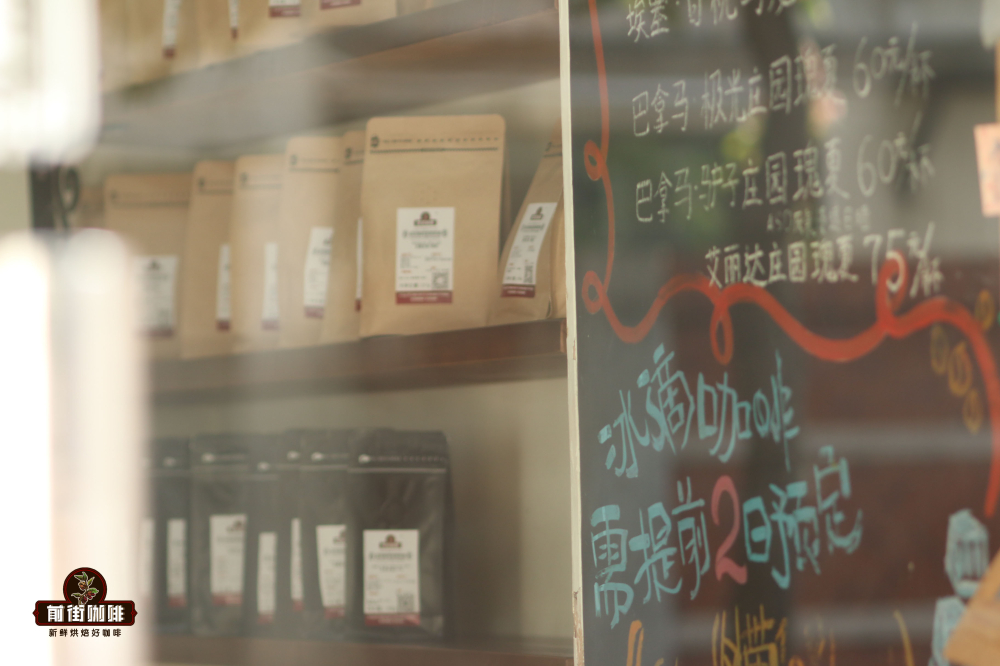
When brewing Yega Xuefei coffee beans, Qianjie coffee is recommended to be brewed with a higher water temperature and a grinding degree of fine granulated sugar (80% of China's No. 20 standard sieve) and a water temperature of 90-91 degrees. 1:15 is recommended for cooking ratio, and three-stage water injection is recommended for cooking techniques.
The steps of water injection and boiling: start the timing, first inject water to 30g water and steam for 30s; then start the second stage of small amount of water to circle with water to 125g, wait for the amount of water in the powder bed to reach half and then inject water again, and then continue to inject water around 225g. After all the dripping filtration is finished, the total extraction time is about 2 minutes 00 seconds-2 minutes 10 seconds.
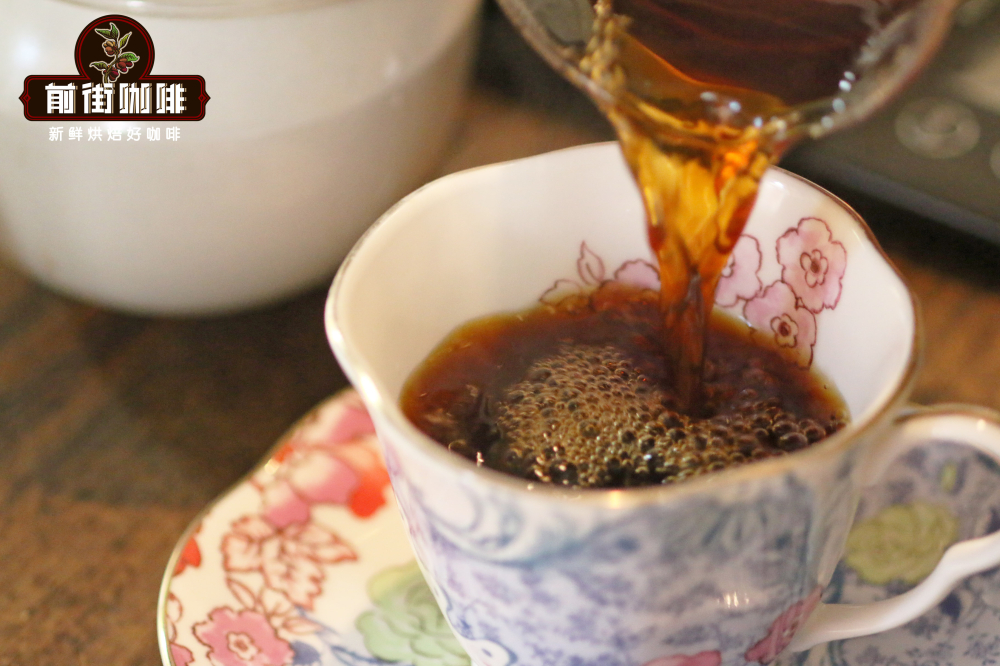
Qianjie Coffee rations, Bean Water washing Yega Chuefei Coffee beans brewing flavors: Jasmine, berries, lemon, citrus
Qianjie Coffee Aletaland Cooperative's tanning cherry coffee bean brewing flavor: berry, strawberry, lemon, fermented flavor
Qianjie Coffee Woka Cooperative washing treatment Fidou flavor: lemon, plum, grapefruit, ginger flower, Tieguanyin
Qianjie Coffee Cochel Cooperative washing Coffee beans brewing flavor: lemon, black tea, orange blossom, sweet fruit
Professional coffee knowledge exchange more coffee bean information please follow the coffee workshop (Wechat official account cafe_style)
For more boutique coffee beans, please add private Qianjie coffee on Wechat. WeChat account: qjcoffeex
Important Notice :
前街咖啡 FrontStreet Coffee has moved to new addredd:
FrontStreet Coffee Address: 315,Donghua East Road,GuangZhou
Tel:020 38364473
- Prev
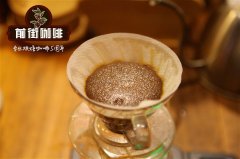
Ethiopian coffee beans introduce Ethiopian coffee culture Ethiopian coffee
Professional coffee knowledge exchange more information about coffee beans please follow the coffee workshop (Wechat official account cafe_style) Ethiopia is one of the largest coffee producers in the world. However, its exports are less than half of its growth. In other words, it consumes more than half of its own production. For nearly 100 million people, this is about 500 million pounds of coffee, which is a special order.
- Next
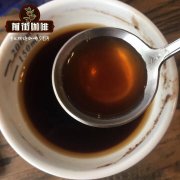
What coffee producing areas are there in Ethiopia? Ethiopian Coffee beans Story
Professional coffee knowledge exchange more coffee bean information Please follow Coffee Workshop (Wechat official account cafe_style) Coffee originated in East Africa in Ethiopia, and there are as many as 5,000 wild coffee bean varieties found in the forest of the Kaffa region in the south. It is generally believed that Ethiopia is the birthplace of coffee. Local residents found that cattle and sheep grew a kind of red fruit after eating.
Related
- Detailed explanation of Jadeite planting Land in Panamanian Jadeite Manor introduction to the grading system of Jadeite competitive bidding, Red bid, Green bid and Rose Summer
- Story of Coffee planting in Brenka region of Costa Rica Stonehenge Manor anaerobic heavy honey treatment of flavor mouth
- What's on the barrel of Blue Mountain Coffee beans?
- Can American coffee also pull flowers? How to use hot American style to pull out a good-looking pattern?
- Can you make a cold extract with coffee beans? What is the right proportion for cold-extracted coffee formula?
- Indonesian PWN Gold Mandrine Coffee Origin Features Flavor How to Chong? Mandolin coffee is American.
- A brief introduction to the flavor characteristics of Brazilian yellow bourbon coffee beans
- What is the effect of different water quality on the flavor of cold-extracted coffee? What kind of water is best for brewing coffee?
- Why do you think of Rose Summer whenever you mention Panamanian coffee?
- Introduction to the characteristics of authentic blue mountain coffee bean producing areas? What is the CIB Coffee Authority in Jamaica?

